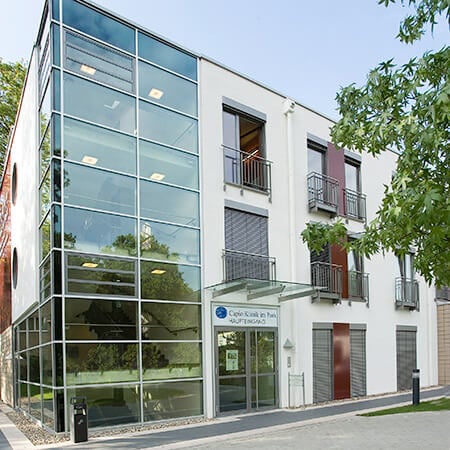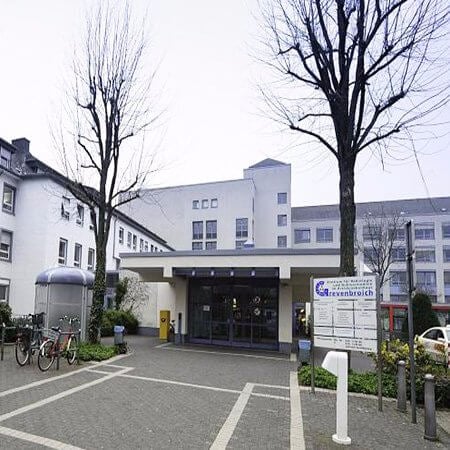About the disease
Lymphoedema is a condition that causes fluid retention in body tissue and develops as a result of problems with the lymph nodes. A vital part of the immune system, lymph nodes are responsible for filtering fluid and removing harmful bacteria and viruses from the body.
There are two types of lymphoedema. Primary lymphoedema is a rare, hereditary condition, while secondary lymphoedema can develop if lymph nodes are surgically removed or damaged, for example by radiotherapy treatment for cancer or the cancer itself. In both types, the balance of fluid drainage is no longer synchronized and causes water retention, usually in the arms and legs. Certain medications can help to control the symptoms of fluid retention, as can physical exercise and drinking plenty of clean water.
Symptoms
- Swelling in the arms and legs
- Limited flexibility of arms and legs
- Reduced mobility
- Feeling of fullness in the arms and legs
- Weight gain in arms and legs
Diagnosis
- During a general examination, the doctor will examine the patient’s arms and legs, to determine the extent of swelling.
- The doctor will also compare the size of the patient’s arms and legs, to see if they are disproportionately larger than the rest of the body.
- The patient will be asked if they have had any of their lymph nodes removed in the past and if they have ever undergone radiotherapy treatment.
- A blood test can be used to count the amount of white blood cells the patient has. If the patient has an abnormally high amount of white blood cells, it is likely they have lymphoedema.
- Imaging tests, such as an X-ray, CT or MRI scan are used to examine the swollen extremities more closely and get a more detailed image of them. These tests allow doctors to confirm the diagnosis and determine whether lymphoedema is indeed present.
Treatment
- Lymphaticovenular bypass surgery is a procedure that uses a microscope to detect the lymphatic vessels that are causing the fluid retention. These are then redirected, preventing swelling in the future. It also helps the body to compensate for the lack of lymph nodes due to removal or injury.
- Vascularized lymph node transfer surgery is a procedure whereby the patient receives a transplant of new lymph nodes. This helps to re-establish the balance of fluid in the body and ensures that harmful bacteria are flushed out.
- Suction assisted lipectomy is a surgical procedure that is used to reduce the swelling in the arms and legs by removing excess fluid from them.
Authors:
This article was edited by medical experts, board-certified doctors Dr. Nadezhda Ivanisova, and Dr. Bohdan Mykhalniuk. For the treatment of the conditions referred to in the article, you must consult a doctor; the information in the article is not intended for self-medication!
Our editorial policy, which details our commitment to accuracy and transparency, is available here. Click this link to review our policies.











